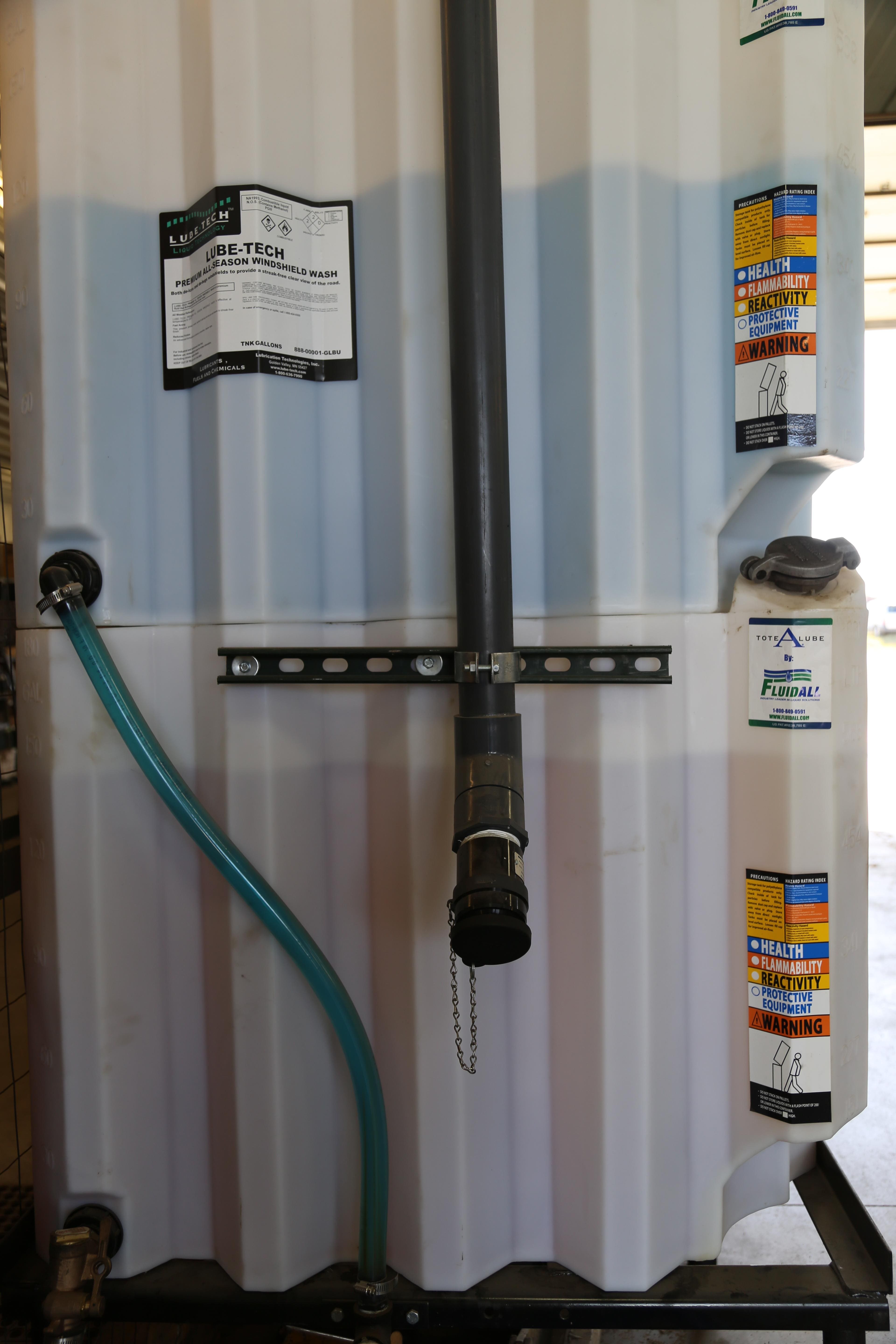
In the world of lubricants, inventory costs are a universal concern in an industry that has forced many companies to go lean. Protecting inventory is critical and proper storage of lubricants will insure quality and prevent waste. Following lubricant storage best practices will help increase efficiency in your operation.
Cool, Dry Fluid Storage
While climate-controlled is best, keeping fluid storage containers indoors out of the elements is the next best option. Direct sunlight can heat fluids to over 150°F causing premature oxidation which can lead to additive insolubility and varnish. Also, temperature fluctuations can cause containers to expand and contract, opening places where moisture can seep in. Water can be highly detrimental to lubricant inventory.
Freeze/Thaw Stability
Winter deliveries in cold climates can affect how fluids are handled. The supplier will know if the fluid is freeze/thaw stable. Any frozen fluid should be completely thawed before used as some components will thaw at different temperatures than others.
Proper Labels
Transport damage, fluid leakage or spills or any number of things can damage a container label creating a “mystery fluid.” Take care to protect container labels of any lubricant that enters the facility to eliminate having to dispose of unknown fluids.
 Complete Dispensing
Complete Dispensing
Having the proper setup and container is important in making sure as much fluid as possible is extracted for use. Things such as racking systems that place drums at an angle or conical bottoms on larger tanks that funnel fluid for complete drainage are two examples of efficient fluid dispensing. Always keep transfer lines to a minimum length to limit the amount of waste and potential cross contamination of fluid in those lines.
Rotate Stock
Lubricants have a shelf life, and for optimum performance should be used as soon as possible. Straight oils and greases will have the longest shelf life, but still may only be 3 years at most from the date of manufacture. Cleaners and water-dilutable Metalworking fluids are much less (usually 1 year). Always know your expiration date when determining how much fluid to order to keep on-hand.
